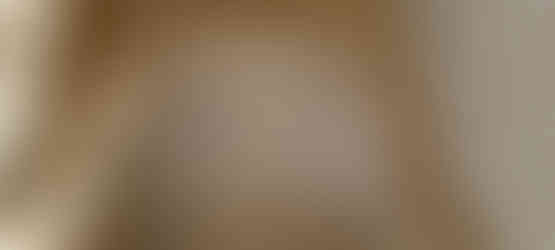Malaga and Granada, Spain: Alhambra and Picasso Museum
- hollymathwriter
- May 22, 2023
- 3 min read
April 8, 2023

Brent and I went on separate excursions today. He visited Alhambra, an ancient citadel that was originally built as a fortress (alcazaba) in the 9th century by the Zirtians - the first kings of Granada. In the 13th century the Islamic Nasrid dynasty rebuilt the ruins of the alcazaba and added a castle for the sultan to live in. Each generation of sultans in the dynasty gradually added their own touches to the citadel. As it reached its peak of grandeur, the Alhambra consisted of three main parts. The alcazaba was the headquarters of the military and also served as houses for the guards and their families. The palatial zone held palaces for the sultan and his relatives. The medina was the area where the court officials had their offices and homes.
However, in 1492 King Ferdinand and Queen Isabella conquered Granada, uniting Spain into one country. They exiled the last Nasrid ruler and turned the Alhambra into a Christian court. Spanish kings made several alterations to the Alhambra, particularly during the reign of the Holy Roman Emperor Charles V (who ruled Spain as Charles I). He tore down part of the Alhambra and erected a Renaissance-style palace for himself. He also converted the mosque to a Catholic church and built other structures as well.
After being abandoned in the 18th century, the Alhambra was restored in the 19th century and now retains elements of both its Islamic and its Christian past. It is now a UNESCO World Heritage Site and visitors are limited to preserve the historic landmark. Brent was privileged to be able to visit this site and awestruck by its beauty.
While Brent traveled to Granada, I stayed in Malaga where our ship came in. Docked nearby us, was the Octopus, a mega-yacht built for Microsoft co-founder, Paul Allen for 200 million dollars. It is one of the largest yachts in the world.

My excursion began with a short drive through the city of Malaga to the Alcabaza of Malaga. On the way we passed by beaches and horse-drawn carriages.
It's history and architecture is similar to the Alhambra in Granada as it was originally a fort that was converted to a castle by a Berber king and was later restored and improved by the Nasrid sultans who build the Gibralfaro Castle atop the hill of the fortress/palace. Architecturally it is like a miniature Alhambra and our guide claimed that it was used as a model when the Nasrid's created Alhambra citadel. We took an elevator up to the castle at the top, enjoyed the stunning views of the city and then walked back down, exploring the Alcabaza as we went. Evidence of the ancient plumbing systems used back then can be found in what used to be small indoor pools.
Once at the base of the Alcabaza, we walked a short ways through the city to the Picasso Museum.
It was interesting to see the many different art that Picasso created. Spain's most famous artist, Pablo PIcasso, mastered many different forms of art and was a pioneer in cubism and collage. He was born in Malaga which now houses a museum dedicated to his art.

These are a sampling of the works of art I saw at the museum. Picasso's art often has the same or similar titles but his interpretations and the style of art he uses changes.
(on left) Portrait of a Bearded Man - an oil painting painted in 1895 in A Coruna by Picasso when he was a young teenager of 14 years; (in middle) Head of a Man (1902) and (on right) Head of a Man painted in 1964 when he was 83 years old.
Still Life with Guitar (1920) and Still Life with Guitar on Pedestal (1922)
Child with a Toy Horse (1923), Claude in Brown and White (1950) - (Claude was Picasso's son) and Child with a Shovel (1971)
Woman with Leaves (1934)

Head of a Woman (1935) and Head of a Woman Portrait of Dora Maar (1939)
Man in Straw Hat with Ice Cream Cone (1938) and Musketeer with Sword (1972)
Still Life with Minotaur and Palette (1938) - Picasso identified with the mythical Minotaur and often included him in his art. Often the minotaur symbolized the artist himself.

Still Life with Jug, Glass and Orange (1944)

Woman in an Armchair (1946) and Jacqueline Seated (1954)
Owl in a Cage (1947)

After visiting the museum, we had some free time to look around the Episcopal Palace area and see the various buildings in different styles.







































































































The Picasso museum looks especially interesting!